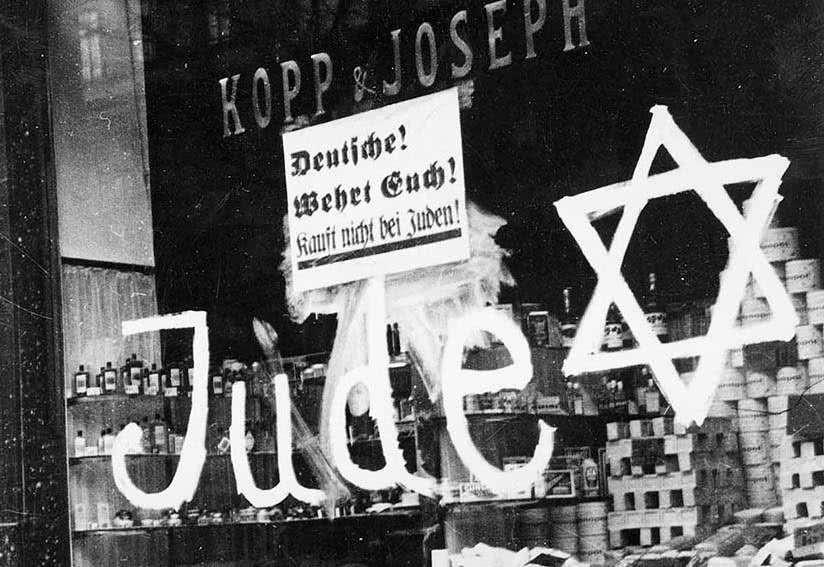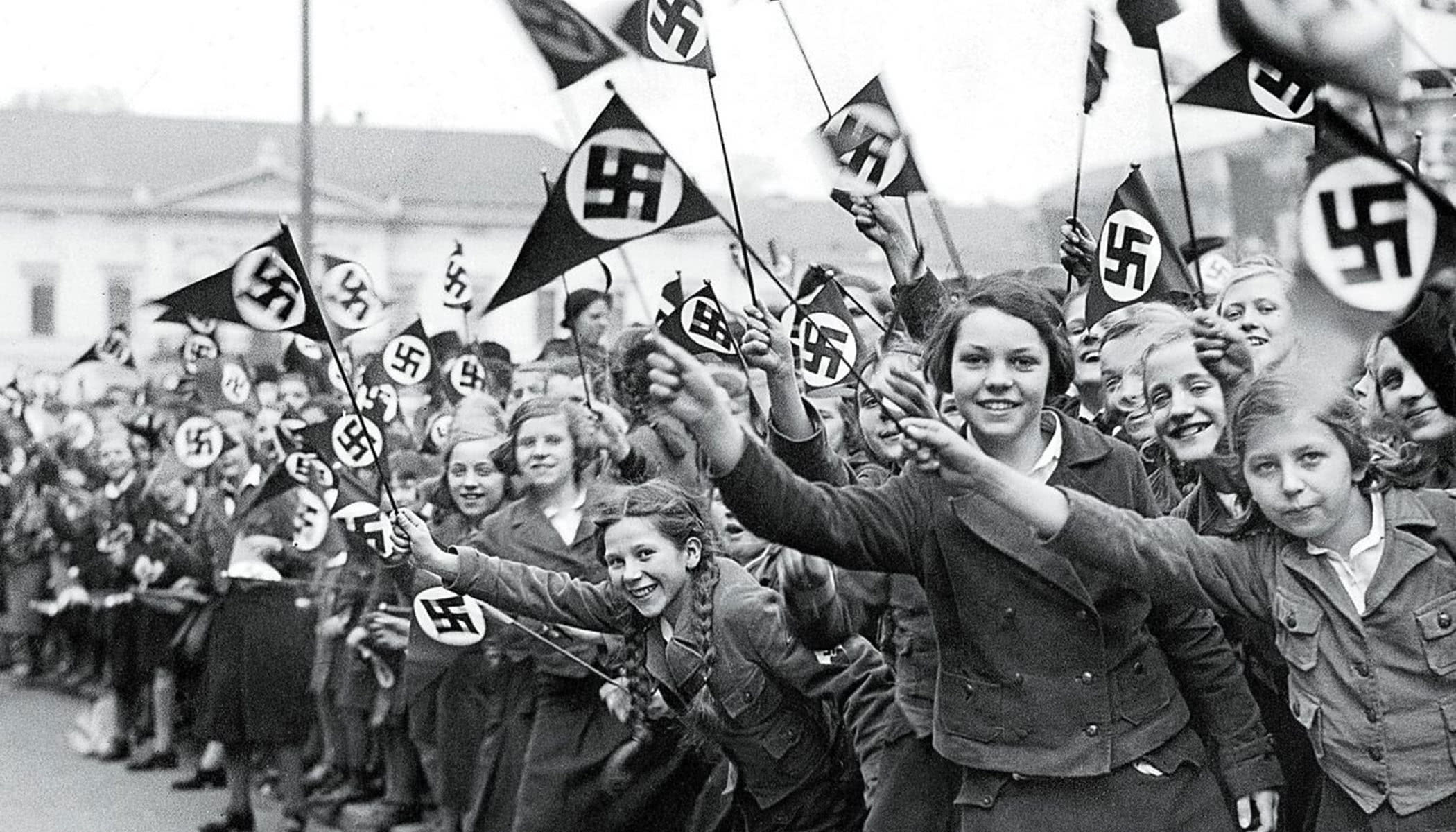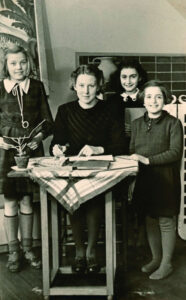At dawn on May 10, 1940, German paratroopers descended on the shores of Rotterdam, 50 miles away from Amsterdam, as part of an orchestrated invasion of the Netherlands. For five long days, Dutch troops armed only with outdated World War I weaponry fought back until they had no choice but to surrender. On May 15, unopposed Nazi soldiers drove into Amsterdam-and to the horror of Jews, were warmly welcomed. As they crossed the city’s Berlage Bridge, throngs of people enthusiastically gave them the Nazi salute. The arrival of the Germans “is when the trouble started for the Jews.” Anne Frank recalled in her diary on June 20, 1942.
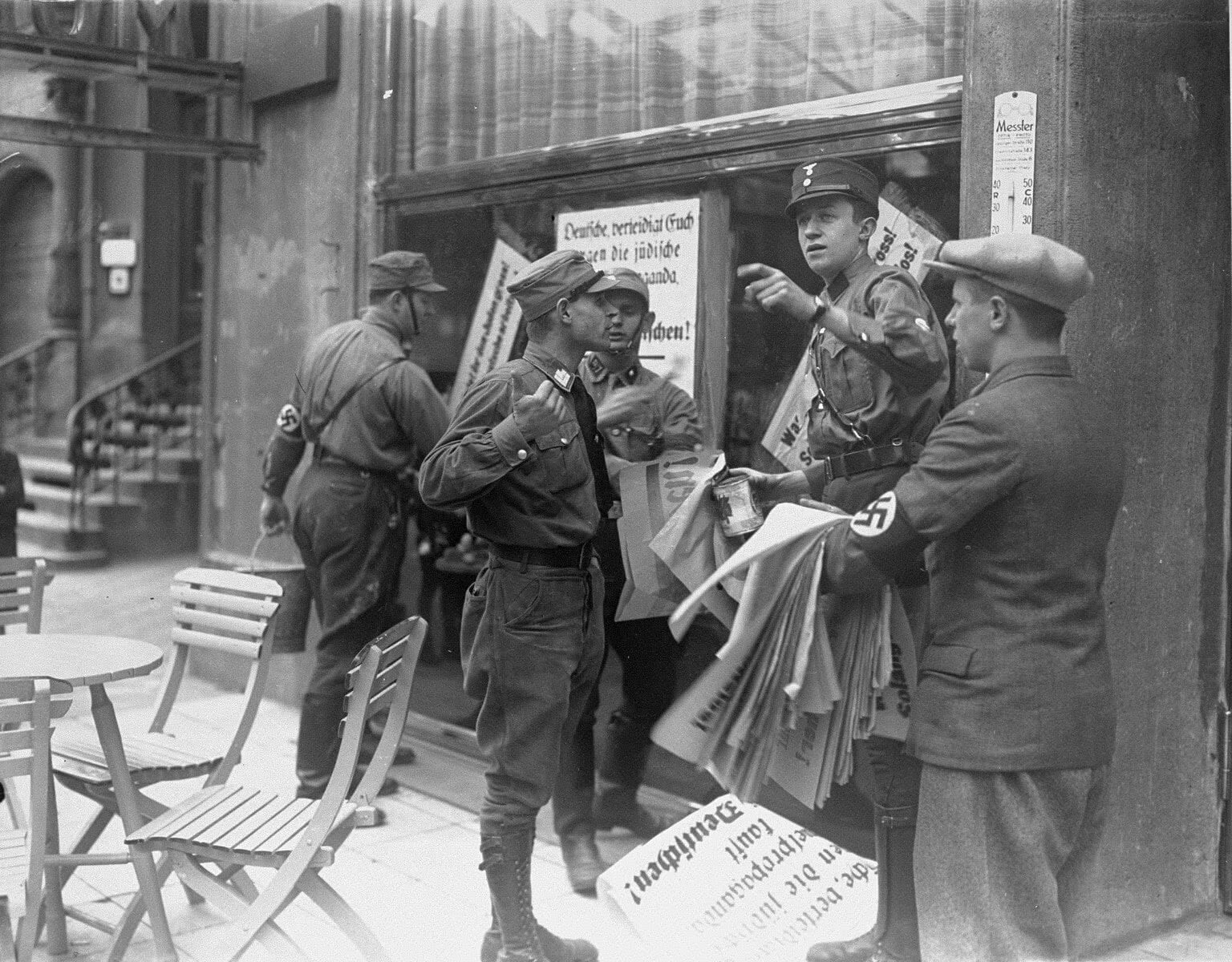
From that point on, “the good times were few and far between.” Just as was done in Nazi Germany, Dutch Jews were stripped of their basic rights, beginning with the prohibition of ritual slaughter, a vital aspect of Jewish dietary laws that deem food as kosher (fit to eat). The next step was to exclude them from society. Over the following months, Jews were removed from government employment and banned from recreational facilities, hotels, restaurants, parks and beaches. They were also only allowed to do their grocery shopping between 3 and 5 p.m.
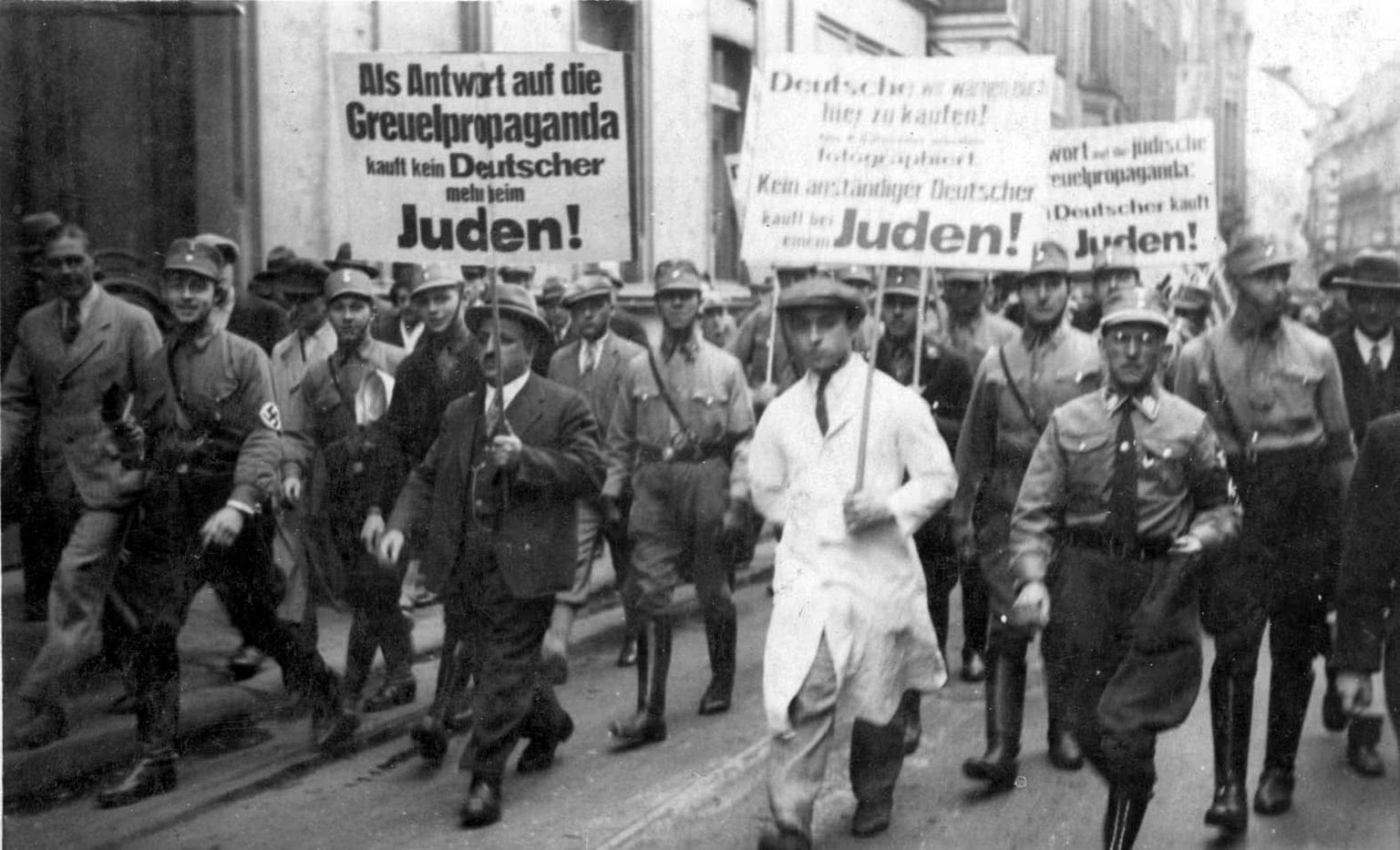
At the start of 1941, all Jews were ordered to register- so the Nazis knew exactly how many there were in the Netherlands and where they lived. Anyone over the age of 15 was also required to carry an identity card, stamped with a large, instantly recognizable “J. Anne was too young to adhere to the mandate, however, she couldn’t escape what she considered the most upsetting rule: Jewish children were only permitted to attend all-Jewish schools, which meant she’d have to leave the beloved Montessori she had known since kindergarten at the end of sixth grade.
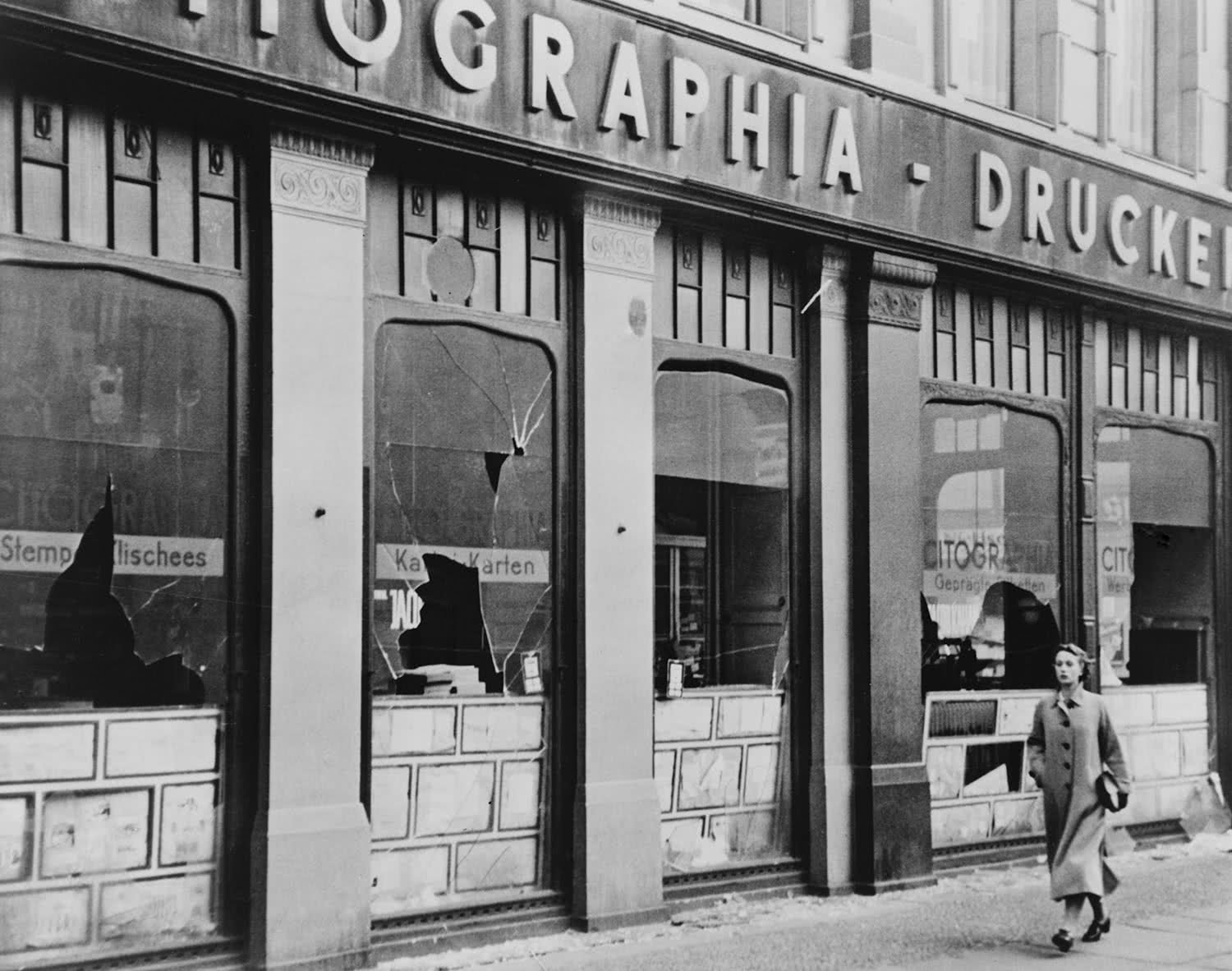
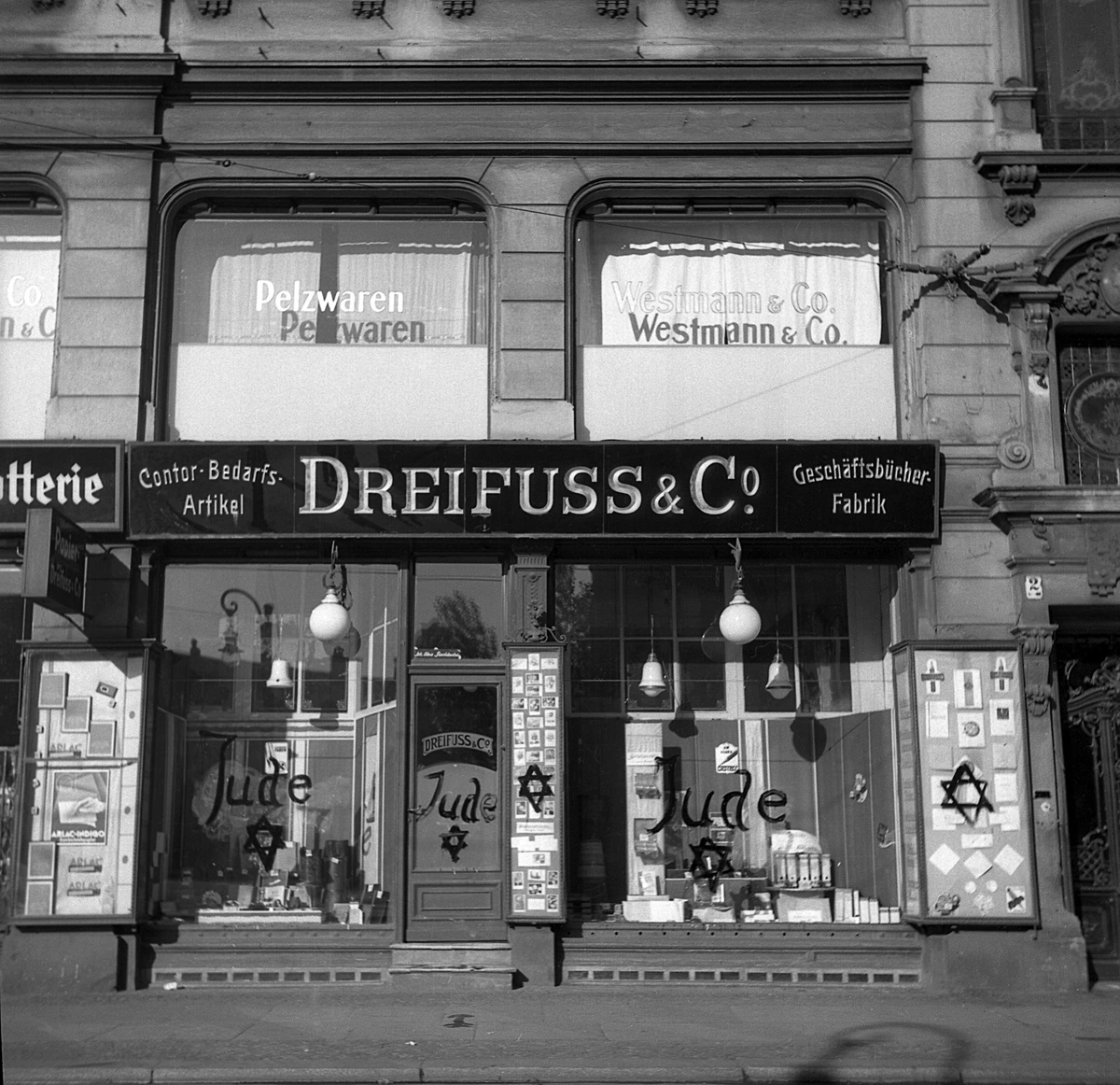
By 1942, anti-Semitic restrictions were becoming tighter. In April, all Jews were required to deposit their money into designated German-controlled banks and they had to surrender other valuables, such as jewelry, gold, art and antiques. On May 3, Nazis introduced yellow Star of David badges that all Jewish people from the age of 6 had to wear on their clothing to make them easily identifiable. Anyone caught not wearing it would be severely punished, and possibly sentenced to a concentration camp. In June, summer began with a mandatory curfew: Jews could not be out between 8 p.m. and 6 a.m. During the day, they were forbidden from using public transportation or even riding in their own cars.
